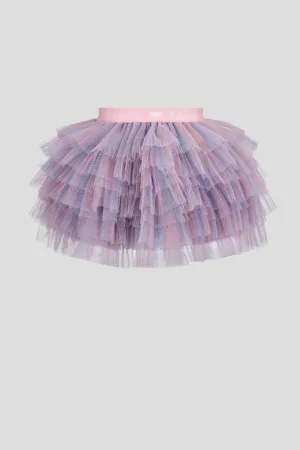Historical Context
The St Clement of Rome School Tartan embodies a rich tapestry of Scottish heritage, reflecting the deep-rooted traditions of clan culture. Tartans date back to the 16th century and were originally associated with specific Scottish clans, symbolizing their unique identity. The vibrant patterns served not only as clothing but as a means of unification among clans during pivotal events, such as the Jacobite risings. Famous figures, including Bonnie Prince Charlie, were often seen in their clan tartans, which fueled the romanticism and allure surrounding these textiles. Today, tartans continue to represent Scottish pride and heritage, making them a cherished element of cultural attire.
Color Scheme and Pattern
The St Clement of Rome School Tartan features a striking pattern characterized by bold lines and checks that evoke a sense of tradition and honor. The primary colors of black and gray symbolize strength, resilience, and unity. Black represents the power and steadfastness of the school community, while gray signifies sophistication and adaptability. This tartan, made from 100% acrylic wool, ensures durability and comfort, making it a practical choice for everyday wear while celebrating heritage.
Scottish Kilt
At our store, we specialize in providing a wide range of Scottish cultural products, including custom kilts, skirts, and a full selection of tartan accessories and clothing. Our commitment to custom craftsmanship, ethical practices, and easy maintenance ensures that each piece not only meets high-quality standards but is also competitively priced. With rigorous quality assurance practices, we strive to deliver the best materials that honor the rich traditions of Scotland.












